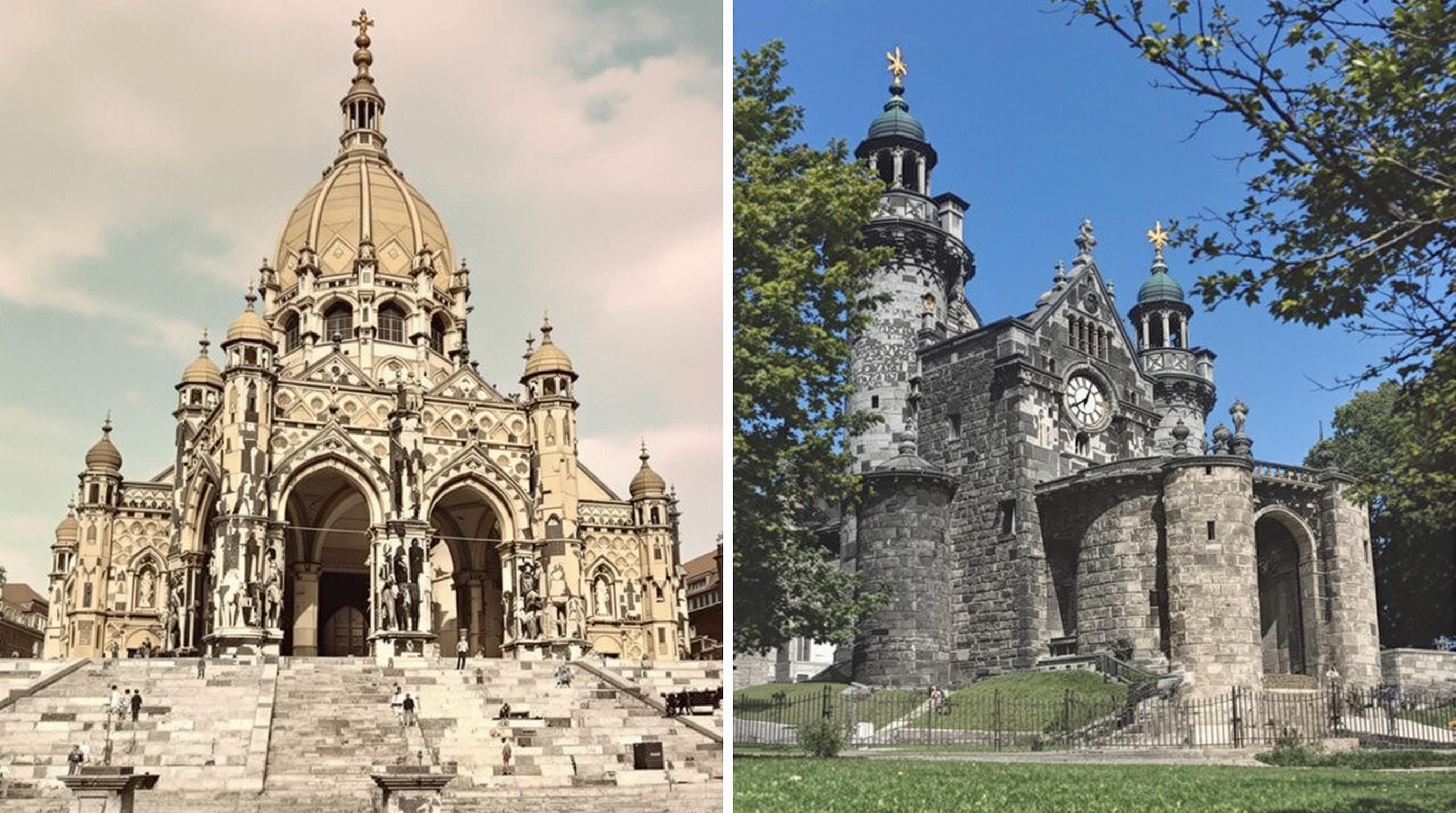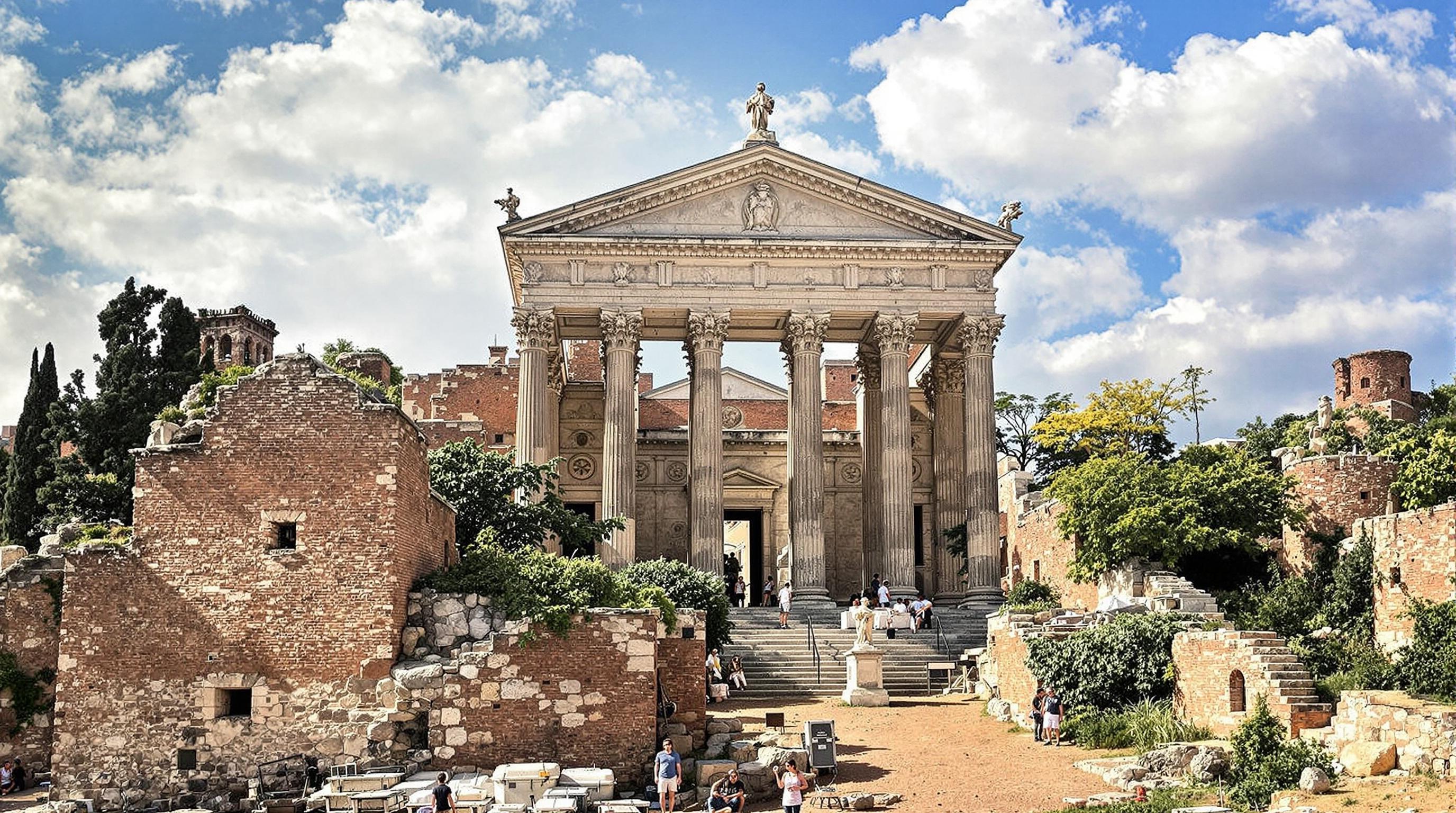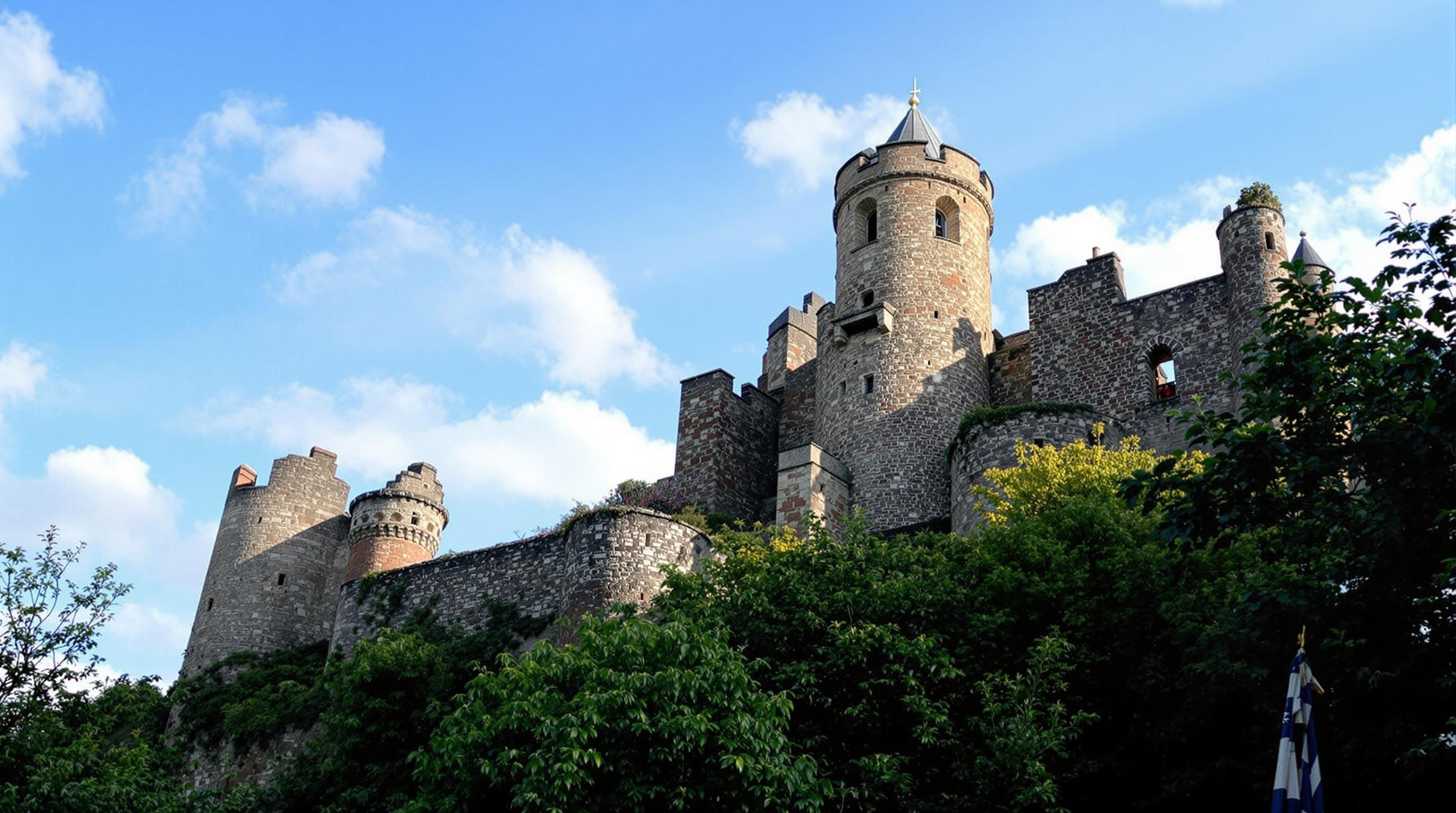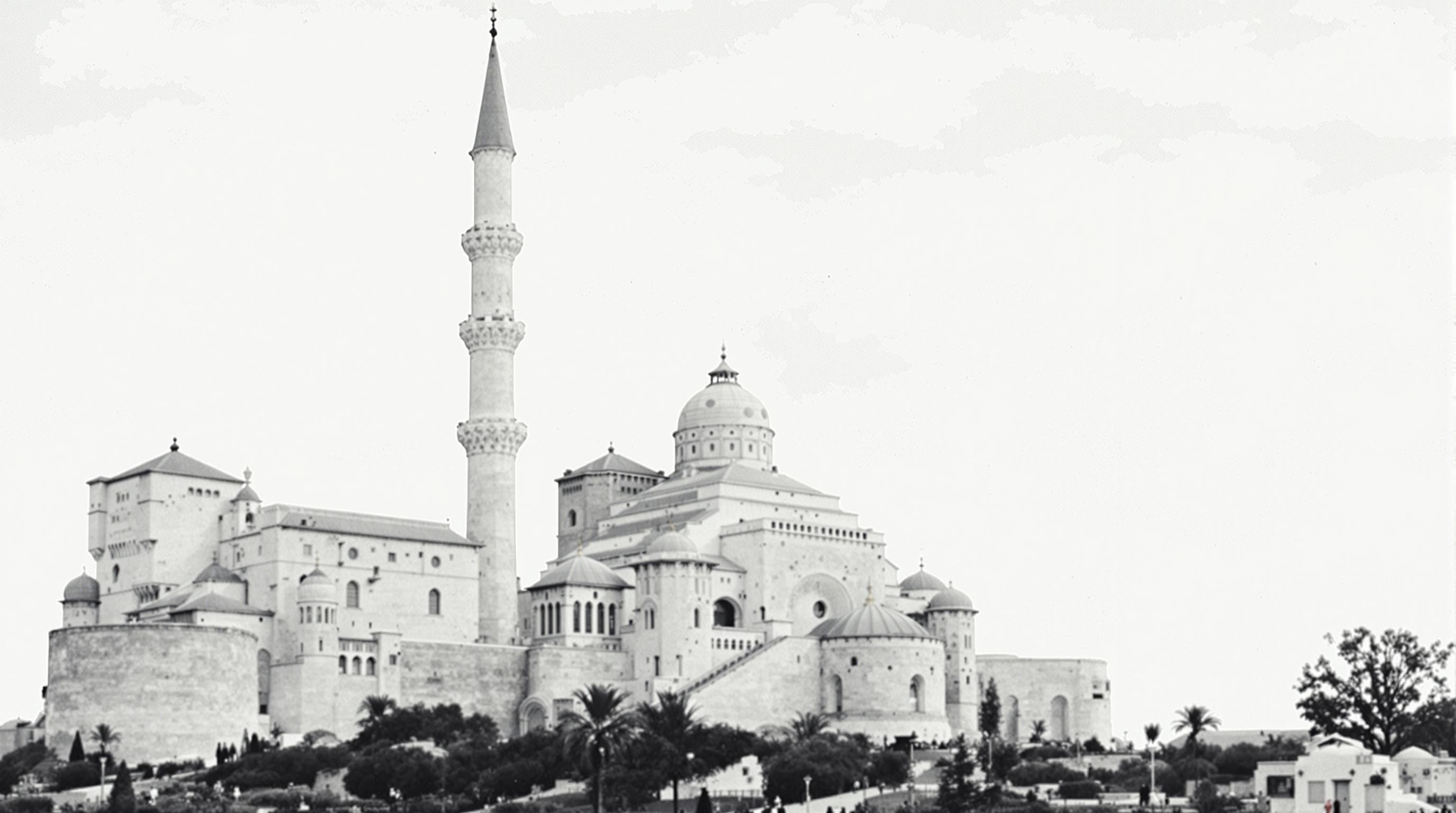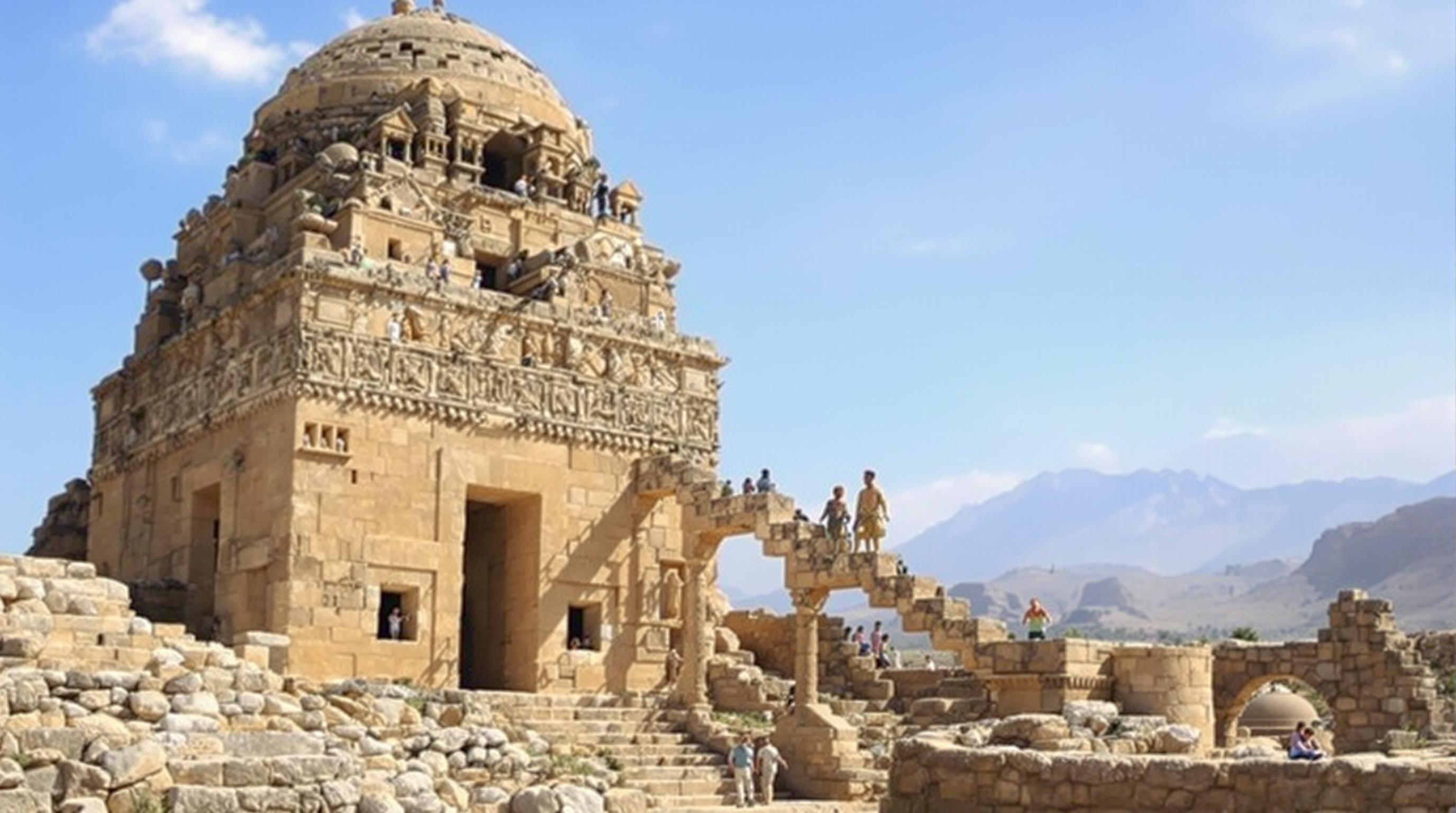Related Articles
- Navigating Ethical Travel: The Role of Arts and Crafts in Supporting Local Economies and Cultures
- Rediscovering Ancestral Routes: How Ancient Trails Offer Insights into Sustainable Travel Practices
- The Ethical Dilemma of Luxury Travel: Splurging or Supporting Sustainable Development?
- Navigating Ethical Dilemmas: The Quest for Authenticity in Local Food Experiences While Traveling
- Beyond the Facade: Exploring the Subsurface Infrastructure of Iconic Historical Structures
- Curiosities Unearthed: The Surprising Connections Between Historic Sites and Modern Art Movements
10 Enigmatic Historic Landmarks That Conceal Secret Stories and Unexpected Narratives from Their Past
10 Enigmatic Historic Landmarks That Conceal Secret Stories and Unexpected Narratives from Their Past
10 Enigmatic Historic Landmarks That Conceal Secret Stories and Unexpected Narratives from Their Past
1. The Tower of London
The Tower of London, a UNESCO World Heritage Site, is not only known for its iconic architecture but also for its dark and dramatic history. Built in 1066, it has served various roles, including royal palace, prison, and treasury. However, beneath its stone walls lies a plethora of stories wrapped in intrigue and betrayal.
One of the most haunting tales is that of Anne Boleyn, who was executed here in 1536. Her ghost is said to wander the grounds, a spectral reminder of a time of political upheaval. The Tower is also famous for the Crown Jewels, whose display conceals stories of theft and treason as they have been guarded by the Yeoman Warders for centuries.
More than just a fortress, the Tower of London stands as a testament to the tumultuous history of England. It captures both the grandeur of monarchy and the tragic fate of those caught in its web. Visiting the Tower offers an encounter with its layered past, waiting to be unveiled.
2. The Colosseum
Rome's Colosseum is a magnificent structure that showcases the architectural prowess of the ancient Romans, known for hosting gladiatorial contests and public spectacles. However, its history is steeped in bloodshed and brutal entertainment that raises questions about the human experience of that era.
Constructed in AD 70-80, the Colosseum could hold up to 80,000 spectators who witnessed battles between gladiators and wild beasts. The essence of the building extends beyond mere entertainment; it reflects the sociopolitical intricacies of Roman society, where class and honor intertwined with violence.
Beyond the tourist brochures, fascinating narratives of the lives lost within its walls paint a different picture of glory and suffering. The Colosseum stands not just as a remnant of ancient Rome, but also as a canvas illustrating the complexity of human ambition and morality.
3. Machu Picchu
The breathtaking ruins of Machu Picchu are often referred to as the "Lost City of the Incas." Nestled high in the Andes mountains, it symbolizes the ingenuity of the Incan civilization renowned for its advanced agriculture and engineering. Yet, its secrets extend well beyond the stunning terraces and temples.
While many believe Machu Picchu was a royal retreat for the Emperor Pachacuti, it also served as a ceremonial site complete with temples dedicated to the sun. Researchers have unearthed artifacts suggesting that the site was a vibrant hub of trade between various Incan communities.
Despite being rediscovered in 1911 by Hiram Bingham, the true purpose of Machu Picchu remains a subject of debate among historians. It stands today not only as a UNESCO World Heritage Site but also as a symbol of cultural resilience, safeguarding untold stories of the Inca people.
4. The Great Pyramid of Giza
The Great Pyramid of Giza, one of the Seven Wonders of the Ancient World, has enamored visitors for millennia. Constructed as the tomb for Pharaoh Khufu around 2560 BC, its impressive size and engineering marvels conceal a wealth of secrets related to ancient Egyptian beliefs and practices.
Scholars speculate that beyond its monumental exterior, the Pyramid was designed to ensure the Pharaoh's safe passage to the afterlife. With alignments to celestial events, it demonstrates the Egyptians' deep understanding of astronomy and the cosmos. Hidden chambers and passages have sparked numerous theories regarding their original purposes.
Buried within its stones are untold narratives of labor, faith, and the pursuit of immortality, revealing the complexities of a civilization that thrived thousands of years ago. The Great Pyramid remains a magical portal into a captivating world steeped in mystery and reverence.
5. Stonehenge
Stonehenge is a prehistoric monument in Wiltshire, England, which has puzzled archaeologists and historians for centuries. The iconic stone circle is believed to have been constructed between 3000 BC and 2000 BC, serving as a testament to the ingenuity of its builders, while its purpose remains a mystery that fuels speculative narratives.
Theories abound regarding its significance, ranging from an astronomical observatory to a sacred burial site, suggesting a rich spiritual context. Excavations have revealed artifacts indicating that Stonehenge was likely a place of communal gatherings and rituals, encapsulating the social fabric of ancient life.
As visitors walk amongst the towering stones, they are enveloped in a silence that invites contemplation of the past. The enigma of Stonehenge persists, prompting deeper reflections on humanity's relationship with the cosmos and the earth.
6. The Forbidden City
The Forbidden City in Beijing, China, is an architectural marvel that served as the imperial palace for 24 emperors over nearly 500 years. This grand complex not only showcases exquisite craftsmanship but also houses a wealth of historical narratives intertwined with the lives of emperors and empresses.
Access to the Forbidden City was strictly limited; hence, its name. It was a symbol of absolute power, with intricate designs depicting a world where politics, art, and philosophy coalesced. Many of the lavish rooms hide stories of intrigue, romance, and betrayal that define the dynasties that reigned within.
Today, the Forbidden City stands as a window into China's imperial past, reminding visitors of the dynastic legacies that shaped Chinese culture and identity. It beckons those who wish to uncover the layered tales behind its majestic walls.
7. The Acropolis of Athens
The Acropolis of Athens is an ancient citadel that represents the glory of Classical Greece and its lasting impact on civilization. While the Parthenon is its most famous structure, the entire site reveals a complex narrative of worship, art, and political life in ancient Athens.
Initially dedicated to the goddess Athena, the Acropolis was a center for social and religious activities. The foundational myths and practices offer insight into how ancient Greeks understood their world, celebrating both human achievement and divine favor.
As modern visitors stand before the grandeur of these ruins, they are invited to ponder the philosophical underpinnings of democracy and empowerment that emerged from this vibrant civilization. The Acropolis is a continual reminder of mankind's aspiration for knowledge and beauty.
8. Angkor Wat
Angkor Wat, located in Cambodia, is the largest religious monument in the world and a stunning example of classical Khmer architecture. Originally constructed as a Hindu temple dedicated to the god Vishnu, the site evolved into a Buddhist temple, embodying the ever-changing spiritual landscape of the region.
Built in the 12th century during the reign of King Suryavarman II, Angkor Wat's intricate bas-reliefs and sculptures tell stories of Hindu mythology, kingly exploits, and the cultural richness of the Khmer Empire. Despite facing the ravages of time, this sacred site has managed to retain its allure.
While it serves as a major tourist attraction today, Angkor Wat also conceals an intricate past burdened with the weight of colonialism and cultural shifts. Its tale is one of resilience, echoing the richness of Cambodian heritage and the enduring spirit of its people.
9. The Alhambra
The Alhambra in Granada, Spain, is a stunning example of Moorish architecture that bears witness to the Islamic Golden Age in Spain. This UNESCO World Heritage Site is steeped in romance, poetry, and complex histories that reflect the coexistence of diverse cultures.
Originally a modest fortress, the Alhambra transformed into a beautiful royal palace that showcased an exceptional blend of Islamic art and medieval European influences. Hidden within its lush gardens and intricate tiles lie stories of love, power struggles, and the eventual fall of Muslim rule in Spain.
Visiting the Alhambra opens a window into a period characterized by prosperity and intellectual advancement. It symbolizes a cultural synthesis that still resonates and invites visitors to explore the rich threads of history woven throughout its splendid architecture.
10. The Eiffel Tower
The Eiffel Tower is one of the most recognizable landmarks in the world, emerging as a symbol of Paris and innovation. Completed in 1889 as the entrance arch to the 1889 World's Fair, it was initially met with skepticism, yet it has become a beloved emblem of French culture.
However, beneath the surface revelry lies a remarkable story of defiance and resilience. During its construction, many Parisians criticized its design, viewing it as an eyesore. Little did they know that it would become one of the most photographed structures in the world.
The Eiffel Tower also played significant roles during both World Wars, when it was used for telecommunications. Facing various challenges over its lifetime, the tower stands today not only as an architectural marvel but as a testament to the enduring spirit of innovation and progress.
